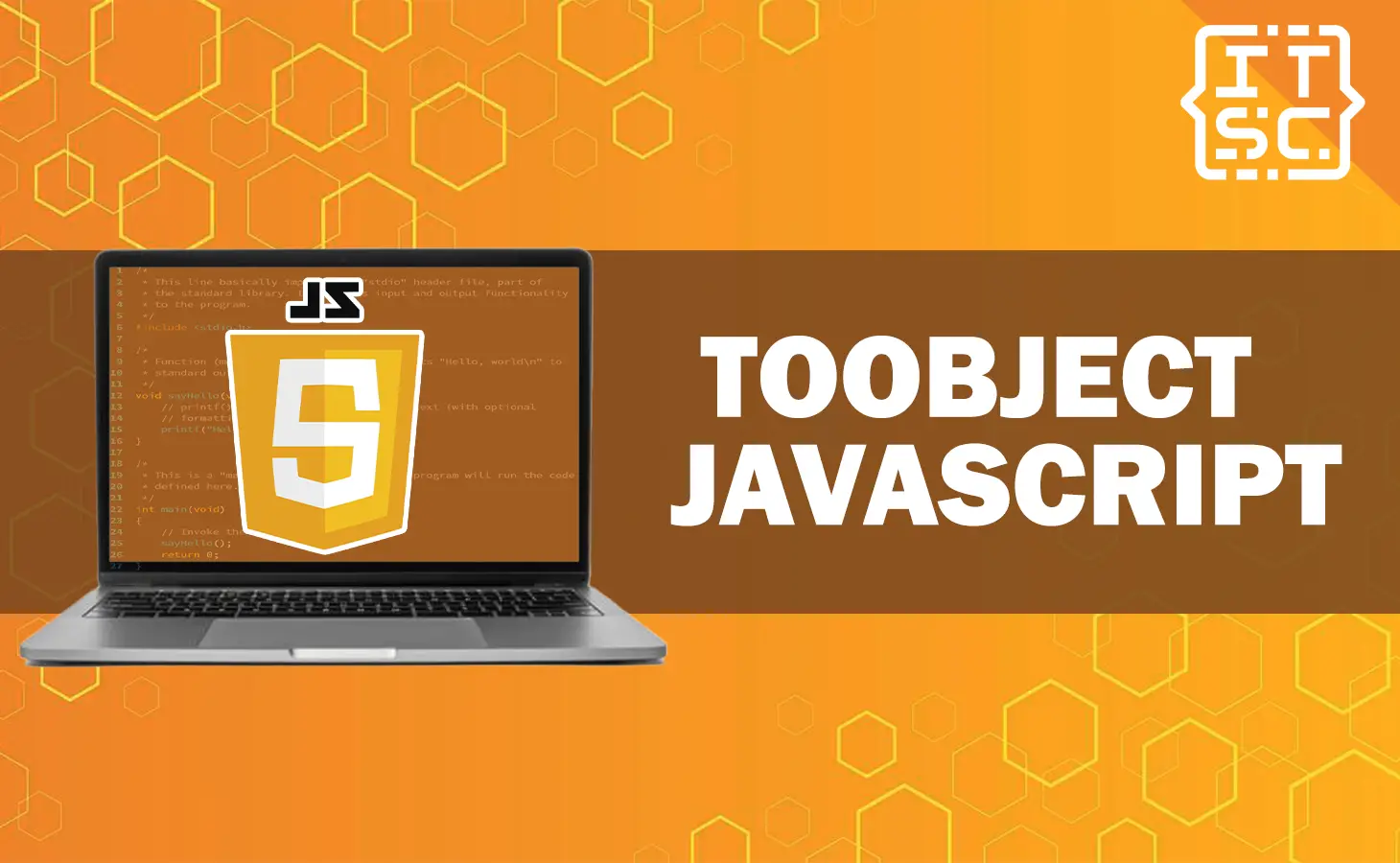In this article, we’ll explore how to use the powerful toObject method in JavaScript with this comprehensive guide.
Along with solutions and examples, this article will teach you everything you need to know with regard to data conversion using toObject.
Don’t miss out on this essential resource for JavaScript developers.
What is the toObject method?
The toObject method in JavaScript is like a handy tool that helps you convert a value into an object.
It comes in really handy when you’re dealing with simple things like strings, numbers, or booleans.
Basically, by using the toObject method, you can take these basic values and transform them into objects.
And why is that useful? Well, once you have an object, you can do all sorts of cool stuff with it.
You can access additional properties and methods that are associated with objects, giving you more power and flexibility in your code.
Syntax
To use the toObject method, you have to execute the following syntax:
Object.toObject(value);The “value” parameter refers to the value you want to turn into an object.
The ToObject() method is used to convert a value into an enumeration member that has a matching underlying value.
Even if the value is outside the range of valid enumType members, the conversion will still work.
To ensure that the value is a valid underlying value for the enumType enumeration, you can use the IsDefined method.
What does toObject () do in JavaScript?
In JavaScript, there is no built-in toObject() method available, but we can create our own custom function to achieve similar functionality. The toObject() converts the JavaScript value to a native object.
The purpose of the custom toObject() function is to convert a given value into an object. This is particularly helpful when dealing with basic data types such as strings, numbers, and booleans.
By converting a primitive value into an object, developers can access additional properties and methods associated with objects.
This enables them to perform more advanced operations and manipulate the data in a more flexible manner.
Example code using toobject() method in JavaScript
Let’s take a look at an example that demonstrates how we can create and use a custom toObject() function to convert a string into an object:
function toObject(value) {
var obj = {};
for (var i = 0; i < value.length; i++) {
obj[i] = value.charAt(i);
}
obj.length = value.length;
return obj;
}
var stringValue = "Hi, welcome to Itsourcecode!";
var objectValue = toObject(stringValue);
console.log(objectValue);
Output:
{
'0': 'H',
'1': 'i',
'2': ',',
'3': ' ',
'4': 'w',
'5': 'e',
'6': 'l',
'7': 'c',
'8': 'o',
'9': 'm',
'10': 'e',
'11': ' ',
'12': 't',
'13': 'o',
'14': ' ',
'15': 'I',
'16': 't',
'17': 's',
'18': 'o',
'19': 'u',
'20': 'r',
'21': 'c',
'22': 'e',
'23': 'c',
'24': 'o',
'25': 'd',
'26': 'e',
'27': '!',
length: 28
}Example code using toobject() method in HTML
<!DOCTYPE html>
<html>
<head>
<title>toObject JavaScript Sample</title>
</head>
<body>
<h1>toObject JavaScript Sample</h1>
<p>Click the button to convert a string into an object:</p>
<button onclick="convertToObject()">Convert</button>
<script>
function convertToObject() {
var stringValue = "Itsourcecode!";
var objectValue = Object.assign({}, stringValue);
console.log(objectValue);
// You can now access properties of the objectValue
console.log(Object.keys(objectValue).length); // Output: 13
console.log(objectValue[0]); // Output: 'I'
}
</script>
</body>
</html>
As you can see in our example code this function takes a value (such as a string) as input and creates a new object.
It goes through each character in the value and adds it as a property to the object, using the index as the key.
We also include a length property in the object to show how long the value is.
When you click the “Convert” button, it triggers a function called convertToObject.
This function uses the toObject function with the string “Itsourcecode!” and saves the resulting object in a variable called objectValue.
Then, we show the object in the console and access its properties to demonstrate how it works.
Output:
0:"I"
1:"t"
2:"s"
3:"o"
4:"u"
5:"r"
6:"c"
7:"e"
8:"c"
9:"o"
10:"d"
11:"e"
12:"!"Conclusion
In conclusion, this article discusses how to use toObject method in JavaScript. The toObject method allows you to convert simple values like strings, numbers, and booleans into objects.
By doing this conversion, you can access additional properties and methods that come with objects, giving you more capabilities in your code.
The article provides the syntax for using the toObject method and gives examples of how to use it. It also shows how to create a custom toObject function and includes an HTML example.
This article is a valuable resource for JavaScript developers who want to understand and use the toObject method for converting data.
We are hoping that this article provides you with enough information that helps you understand the toobject in JavaScript
You can also check out the following article:
Thank you for reading itsourcecoders 😊.

